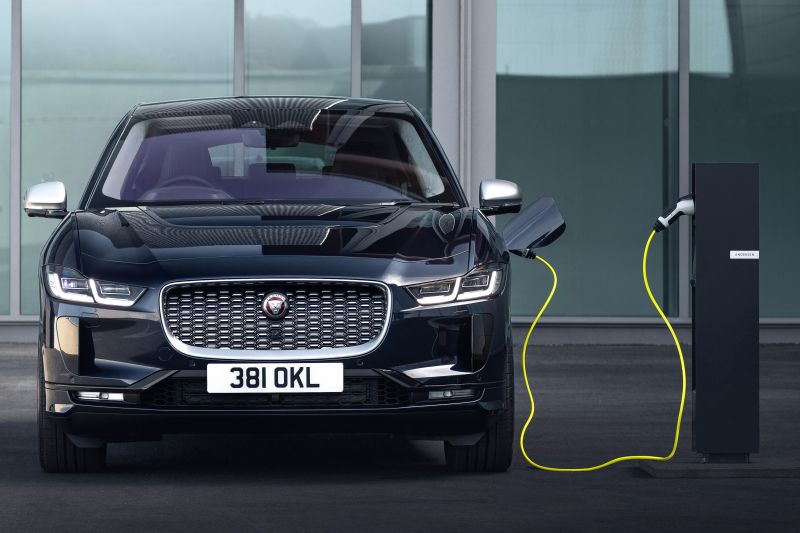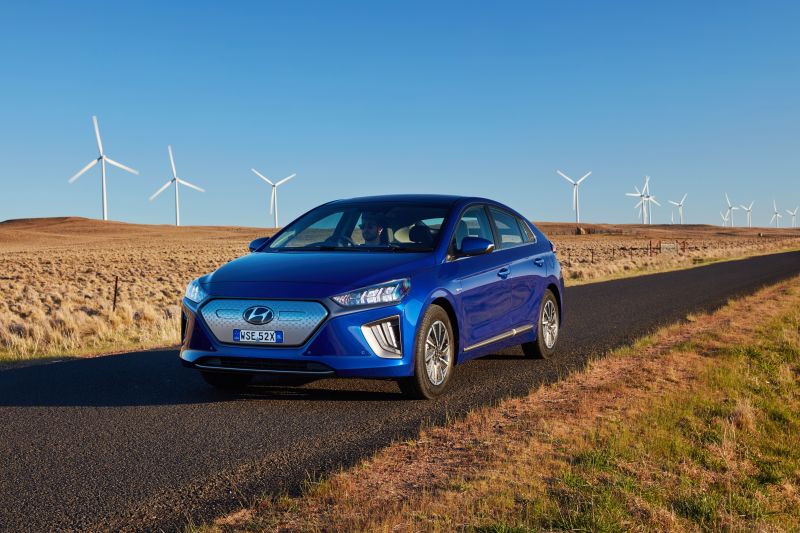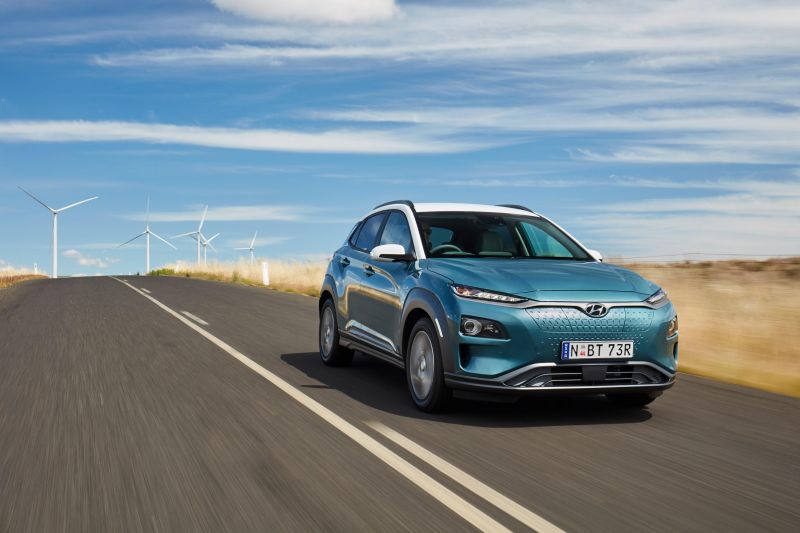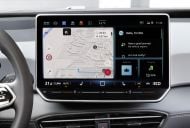Battery-powered cars represent a tiny slice of the Australian new car market, but work is going on in the background to prepare the energy grid for their rollout.
With a broader range of options available to buyers, electric vehicle sales grew almost 150 per cent to 5875 in Australia last year.
Even so, just 14,500 of the almost 18 million cars on our roads were electric as of the end of 2019.
But a new report from a body advising government and industry about the national energy market says by the mid-2030s, “electric vehicles are forecast to become the primary driver of increased energy consumption in Australia”.
The Australian Energy Market Commission (AEMC) says “considerable work” is already underway to “efficiently integrate energy supply and demand from electric vehicles (EVs) into the grid”.
“Not only are the numbers of electric vehicles on our roads set to increase exponentially in the next decade, they will be central to the power system of the future,” said Benn Barr, AEMC chief executive.
“They can double as a home battery, earn money for households who sell battery power back to the grid and lower home energy bills.
“They can also be used to help manage supply and demand across the broader grid and cut emissions in the energy sector.”
According to the AEMC, work is underway to develop what it calls “a two-sided energy market”, where owners will be able to charge their cars using cheaper power off-peak, and sell that energy back to the grid when demand is higher.
The rollout of smart meters and bi-directional home chargers that can integrate with the energy grid is currently being studied, as is the ability for homeowners to have different providers for different energy applications.
Founder of JET Charge, Tim Washington, says the biggest barrier to EV adoption in Australia isn’t price or battery life but, rather, the ability to integrate EVs into our electricity grids while maximising the use of renewables.
“We believe that through a combination of smart charging, demand response, ancillary grid services and vehicle to grid technology, we can make EV charging effectively free for Australian EV drivers within five years. That is our goal,” Mr Washington said.
“Our goal is to facilitate compatible EVs in becoming an asset for the grid, with the future capacity to discharge electricity to homes, buildings and the wider grid when demand is high, and financially reward EV drivers for doing so.”
How can electric vehicles integrate with the energy grid?
Scott Nargar, Hyundai Australia senior manager of future mobility and government relations, explained the role electric vehicles can play in managing the energy grid.
“The benefit with the technology coming in the vehicles is you can choose when you want to charge. With our vehicles it’s very simple to choose to start charging after 7pm, say, when off-peak cuts in,” Mr Nargar told CarExpert.
“So you’re picking up the energy when the grid is lower. Ideally we want people charging during the day when the sun is shining.
“We’ve got a heap of solar coming into the networks, and network providers struggle to provide frequency in the grid because of the intermittent energy, especially if clouds come in front of the sun, the grid’s got to stabilise itself.
“The more cars charging during the day and picking up the curtailed renewables, and the more cars charging at night when the energy load is down, is the best way to do it. We don’t think people need to plug their car in and charge as soon as they get home.
“They can plug it in, press a button on the dash, and have the car charge at 7 or 8pm. Scheduled charging, and a lot of smart chargers are going to come in, a lot of smart meters and smart grids, are going to do that for us anyway – whether it’s the vehicle controlling it or the smart meter at home, or the smart charger.
“The grid stability is going to be controlled by technology that’s actually in our market now, and it’s coming in bigger forms.
“The benefit is also bi-directional charging. So the Nissan Leaf has got it now, manufacturers with Type 2 CCS – which is the most popular global standard – are working on it now. There’s trials being done now, we should see that in the coming years.
“The ability to be able to suck up and absorb a lot of energy into your car – in our case 64kWh of energy into our car – that’s four and a half times the size of a Tesla home Powerwall sitting in your vehicle. And that can go through and stabilise the grid for those energy events where the sun may be shining and a bit of cloud comes across, and the grid’s got to stabilise.






